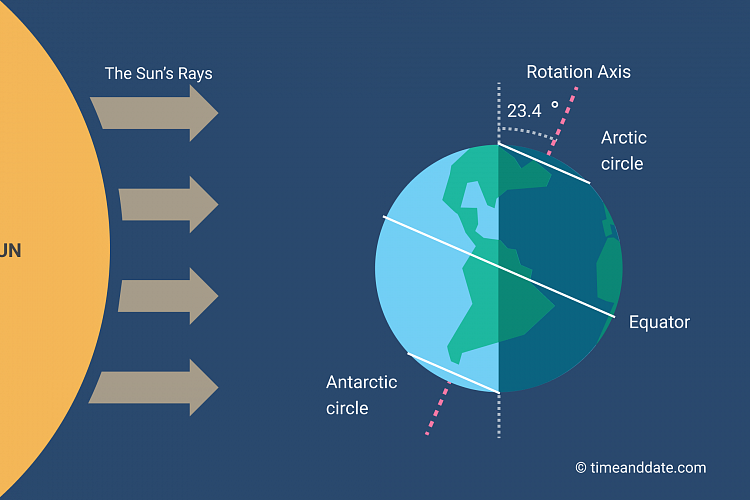Iceland's location in the North Atlantic Ocean and being close to the North Pole gives it daylight patterns unlike most other countries. Daylight is limited most in winter months and more available during summer months. Other countries that are similarly situated in the extreme north by the Arctic circle have similar daylight patterns are Greenland, Norway, Sweden, and Alaska in the United States. Information about each country is detailed below.

ICELAND
GREENLAND
NORWAY
SWEDEN
FINLAND
USA/ALASKA ONLY

ICELAND
- January is the coldest month and the one with the least amount of daylight seeing just 5 hours at the beginning of the month and about 6 at the end of the month. Sunrise is put to be around 11 am and sunset around 4 pm.
- In February, daylight increases to about 9 hours a day with sunrise at 9:30 am and sunset around 6 pm.
- Daylight hours increase by 2 hours to 11 hours a day in March, with sunrise around 8 am and sunset around 7:45 pm.
- Early April has about 14 hours of daylight and almost 16 hours by the end of the month. The sun rises around 6 am and sets around 8 pm.
- May has about 18 to 20 hours of daylight.
- A phenomenon stated to only happen at Iceland's latitude occurs in June when the midnight sun occurs, meaning the sun never really sets and results in about 20 to 22 hours of daylight. This continues through July with 20 hours of daylight.
- August sees daylight hours decrease to around 15 to 16 hours. Sunrise is around 5 am and sets around 10 pm.
- September has around 12 to 13 hours of daylight and by the end of October daylight decreases to about 9 hours a day.
- November and December have about 5 to 4 hours, respectively.
GREENLAND
- There are 2 to 3 months in the summer when Greenland also has the midnight sun effect with continuous sunlight. Winter also sees about 3 to 4 hours of daylight, similar to Iceland.
NORWAY
- Norway has extreme variations in its daylight hour patterns between seasons. From November to January, the sun does not rise at all, compared to
Iceland where November, December, and January have the least amount of daylight hours. Norway's daylight hours increase insimilar fashion to Iceland until May and June when they experience midnight sun that never sets. Also, after the midnight sun the daylight hours incrementally decrease and the cycle starts over. - The further north the location in Norway, the more nights of midnight sun occur.
SWEDEN
- In Sweden, from the end of May and mid-July is midnight sun occurs in the northern part of the country.
- In January, the sun rises at 8:47 am and sets at 2:55 pm, while in July it rises at 3:40 am and sets at 10 pm.
- In Sweden's far north, between December 6 and January 6 there are no days of sunlight. Between May 25 and July 19 are 56 full days of full sunlight. However, the further south a
location there will be more sunlight during the winter. - Northern Sweden has a winter that spans 7 months.
FINLAND
- Finland has daylight around the clock from the end of May to the beginning of August, and
Lapland which is north of the Arctic Circle, has midnight sun from the end of May to mid July. Further south, the sun is visible almost around the clock in June and July. - During winter in the south, daylight hours only lasts for a few hours, whereas northern Lapland the sun never rises above the horizon in December and stays that way until January 16.
USA/ALASKA ONLY
- The further north in Alaska the longer the summer days are, with some areas having 24 hours of daylight. On the summer solstice in June, north of Fairbanks sees 24 hours, Fairbanks gets 22 hours, Anchorage gets 19.5 hours, and Juneau receives 18.2 hours. Because of civil twilight, all
days between June 8 and July 5, Anchorage has 24 hours of daylight or civil twilight. - In the winter, Barrow will have 67 days without daylight, but the rest of Alaska sees between 3.5 to 6 hours of daylight hours. After
winter solstice , there are daily gains between 5 and 9 minutes of daylight.
